I’m a huge fan of board games. Some of you may already know this as I tend to write about some of my favorites once in a while. All of these games are imports from the US which I either order online and have friends bring home or grab from one of the many branches of Neutral Grounds (Glorietta + Alabang Town Center). All of these games are mostly fantasy, sci-fi or Euro themed so that got me thinking: Are there any board games revolve around a setting in the Philippines? Guess what? I found some. And they’re quite interesting.
10. The Damned Die Hard: Philippines ’41
This was a board game released in 1999 for two or more players and apparently forms part of a bigger board game franchise called The Glory Series, which ties into the WWII conflict in Asia. Here is the game’s synopsis:
The game is designed for two players (but can easily accommodate additional players – a side might have separate air, naval, and ground commanders and/or multiple ground commanders, for example). The Allied player controls the US Army Forces Far East command and the US Asiatic Fleet. The Japanese player controls the IJA’s 14th and 16th Armies and the IJN’s 3rd Fleet. The Allied player must disrupt the Japanese advance, inflicting unacceptable losses on his opponent and denying him use of the Philippine ports and airbases for as long as possible. The Japanese player must quickly overrun the Philippines, allowing his forces to be redeployed for the campaigns to come in the Netherlands East Indies and The Solomons/New Guinea. Both players maneuver their ground, air, and naval forces and conduct combat in an attempt to achieve these goals.
9. The Battle for the Philippines: Bataan
There’s not a lot of information about this old game released in 1973. All we know is that it is a hex based combat war game (I guess somewhat similar to a simplified version of Neuroshima Hex).
8. Bataan: The Battle of the Philippines
This is an old board game released in 1943 which served as a political propaganda for World War II. It’s also politically incorrect as you can see for how they distinguish the American troops from the Japanese troops with racial stereotyping.
The playing field is made up of 67 points, 17 white and 50 Blue. The 3 Americans (blue) men are set up in the white on the starting points and the 50 Japanese (yellow) on the 50 blue points.
The object of the game is for the Japanese Field Army to get control of the Defense Area (the 17 white points) by having an army on each point. The Defense Army must stop the Field Army. Only the Defense Army (blue) can remove enemies by jumping over an occupied point into an empty point as in checkers and multiple jumps are allowed. The blue armies can only be removed if they refuse a jump.
Victory occurs when either the Japanese Field Army occupies all 17 points in the Defense Area or when it becomes impossible for them to do so (the Defense army kills more than 33 Japanese men).
7. Fall of the Philippines: MacArthur’s Defeat, 1941
This is relatively recent single player board game that was released in 2010. It was actually an insert into one of the issues of Panzer Magazine and not a “true” board game in that sense.
This is a solitaire game simulating the Battle for Luzon between Japanese and Allied forces after Pearl Harbor in December, 1941. The player–representing the Allied forces under Gen. Douglas MacArthur–attempts to repulse the Japanese invaders. The game system handles the movement and combat of the Japanese side.
6. The Setting Sun
The Setting Sun doesn’t have a lot of information to share as it is again one of those obscure board game titles that have been discontinued.
An Area/Impulse game using a unique card driven mechanism covering the entire battle of the Philippines in 1944/45 in World War Two. Covers the air/sea/land campaign.
5. Game of the Generals
Though not set specifically in the Philippines, Game of the Generals was developed in the Philippines by Sofronio H. Pasola Jr. in 1970. I played a lot of this when I was a kid and i have to agree with the box text: it is a definite mind f*ck trying to figure out if your opponent is trying to outflank you or simply playing easy.
It is designed for two players, each controlling an army, and a neutral arbiter or an adjutant. It needs the use of logic. The game simulates armies at war trying to outflank and outmaneuver each other. As in actual warfare, the game allows only one side’s plan to succeed. Certain strategies and tactics, however, allow both sides the chance of securing a better idea of the other’s plan as the game progresses. Players can also speak with others during matches, hoping to make a false impression on where the flag is.
4. Manila
Released in 2005, Manila is pretty impressive as it was made by Rio Grande Games, one of the more well known board game publishers in the industry today. They’re the same guys behind Dominion, Carcassone and Race for the galaxy, all of which you can find in Hobbes & Landes. Of course, the game doesn’t seem to represent Manila today (perhaps Manila Bay from way, way back?) But still, to have our capital city made by one of the bigger board game makers, that’s an accolade right there.
Barges, freight and profits are what it’s all about in Manila, a speculative contest for 3 to 5 players 10 and up. Goods shipments, intended for transport along sea routes, are in danger of gathering dust in the warehouses or being lost at sea in a storm. While the players speculate about success and failure, the ultimate fate of the ships will be determined by the dice. This game includes a new innovation in game design: The Franz-Benno Delonge design will include, in addition to the usual paper rules, include an interactive CD-ROM version as well. The English Rio Grande Games edition does not include the CD-ROM.
3. Manila ’45
Again, this strategy game comes part of Strategy and Tactics Magazine as a freebie. Not much information on the game’s history is provided afterwards, but BGG does have detailed mechanics below.
Manila ’45: Stalingrad of the Pacific (M’45), is a two-player, low-to-intermediate complexity wargame that simulates the American liberation of the capital of the Philippines in World War II, which took place from 3 February to 4 March 1945. To control complexity and present an overall-force-commander’s-view of the battle, the game uses a tactically scaled map and units of maneuver coupled with an operationally scaled game turn length. The American player is generally on the offensive, trying to clear the entire Japanese defending force from the city prior to the end of the game.
Each game turn of M’45 equals three days. Each hexagon on the map represents 0.3 miles (0.5 km) from side to opposite side. The units of maneuver in the game are companies, batteries and battalions, representing anywhere from a about 100 to 1,000 men and their equipment.
Historically the Japanese fought to the last man (literally, not metaphorically), and the game’s victory conditions represent that brutally absolute mindset. To determine the winner, both players examine the map at the end of Game Turn 10. If at that time there’s one or more Japanese units still in play anywhere, the Japanese player is declared to have won the game. If there are no Japanese units left on the map at that time, the US player is declared to have won the game. Of course, if all Japanese units are wiped out prior to the end of the last game turn, play stops and the US player is declared the victor. No draws are possible.
Tacticians will enjoy the fact there are 22 unit types in the game: heavy artillery, heavy anti-aircraft, heavy mortar, heavy rocket artillery, naval infantry (armed ship crews), regular infantry, combat engineers, heavy weapons (machineguns), anti-aircraft, military police, anti-tank, field artillery, rear echelon ad hoc infantry, glider infantry, paratroopers, bridging engineers, mortars, armored cavalry, tanks, self-propelled artillery, amphibious tractors, and self-propelled anti-tank.
2. The Battle of Manila
Dubbed by Parker Brothers as “An Exciting Game” this title forms part of the annals of history being released in 1898! Yup you heard that right! This game actually marks the start of the American occupation in Manila and is thus part of pop culture in those times.
Unlike today’s heavily detailed “conflict simulations”, this game apparently mainly involved hitting soldier targets on a board with hand held cannons firing wooden “bullets”.
This game did help cement Parker Bros. reputation as a patriotic American company, helping sales and its image with the American public.
1. The Battle of Manila Bay
This is a printable board game released in 2006. It’s free from Paper Worlds website.
A free hex and counter boardgame of the Battle of Manila Bay. A light boardgame simulating the battle between Spanish and American Forces in the Philippines. Originally designed as part of the, ‘Historical Series of Free War-games for Paperworlds.com”
Images and game descriptions credited to BoardGameGeek and Wikipedia.
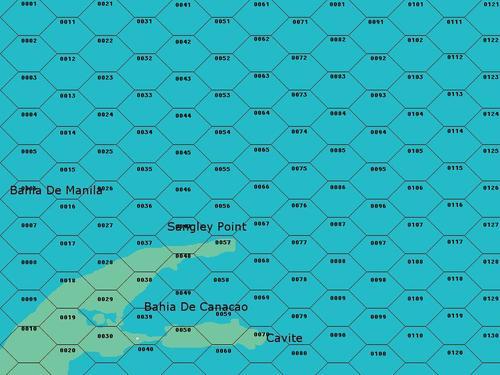
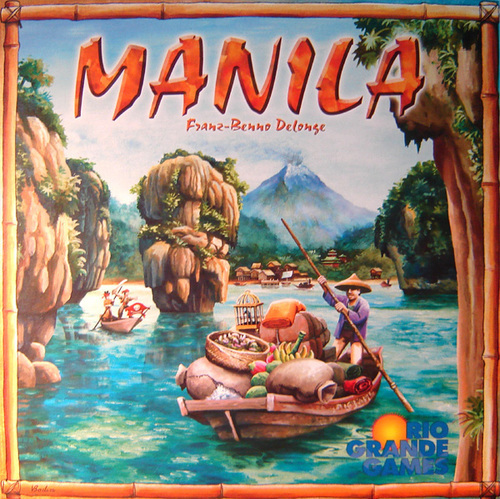

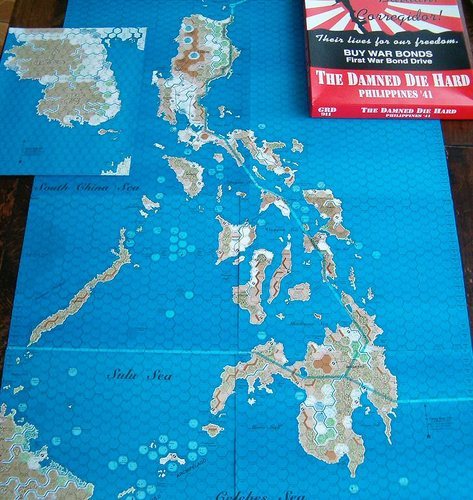
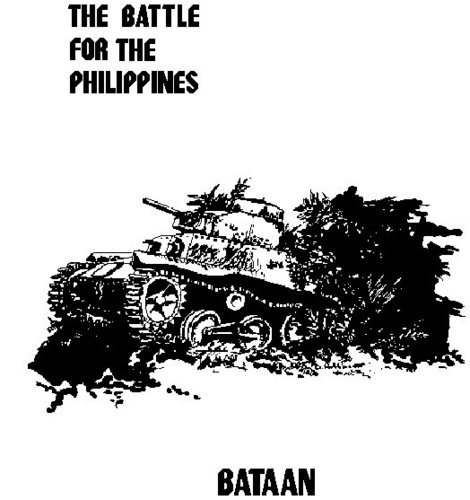
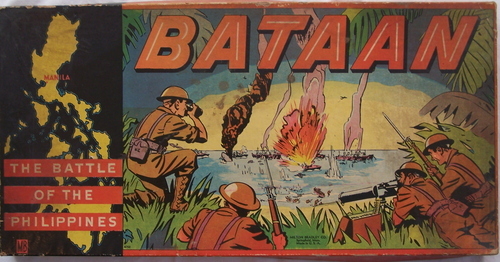
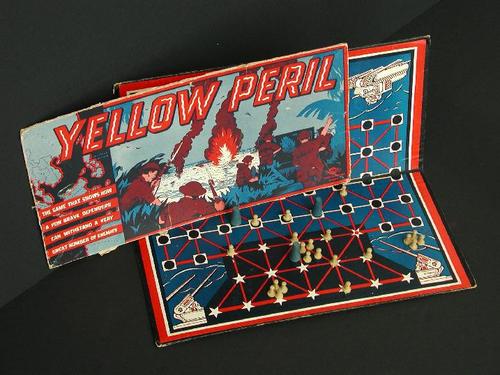

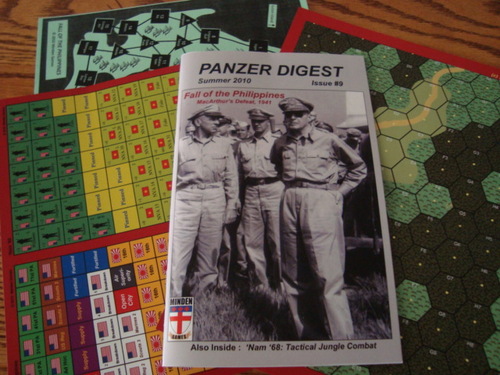
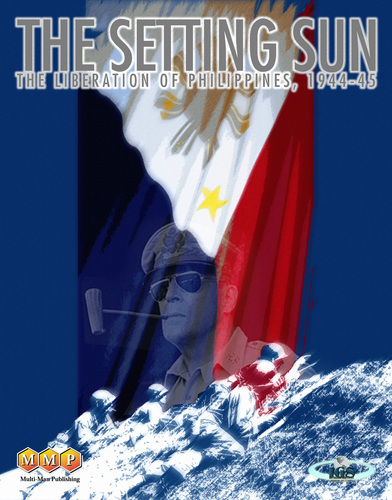
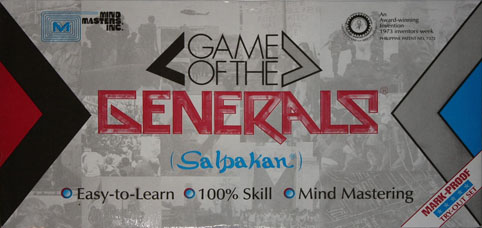
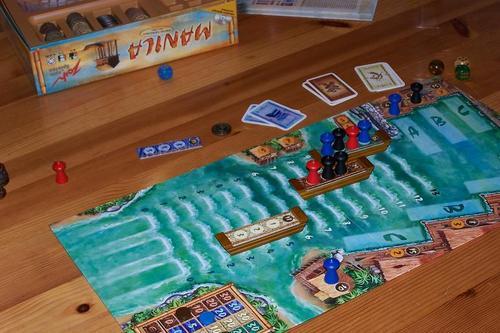
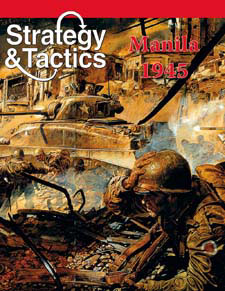
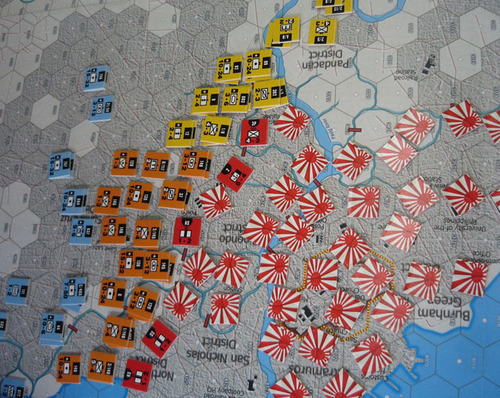
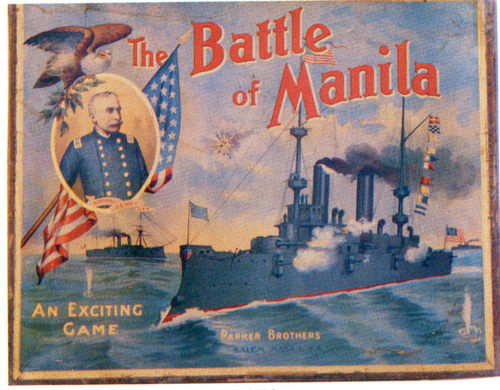
16 replies on “10 Board Games set in the Philippines”
Cool! I didn’t know we had these. I only recognize game of the generals.
[…] if you’re up for a quick history lesson on how the USA sees our country, do check out 10 board games set in the Philippines. It’s eye-opening, board games as war propaganda. Share here:FacebookRedditEmailYou might […]
very interesting! ammmm.. i was just wondering if you could introduce these games to a group of young board gamers? probabably a short talk? pls. e-mail me if you’re interested. would appreciate it. thanks.
a lot of these games are very hard to find!
we won’t be buying these board games since you have mentioned that some/most of these games were even bought outside the country.. we would just like to invite you in one of our school club activities.. that is, if it’s just possible that you can just show these board games to them.. thank you..
sir,regarding my request, would it be possible?
sir jayvee,
magandang hapon po, ako po si bimbo papasin ng umagang kay ganda! kumusta po?
naghahanap po kasi kami ng mga pinoy na nagde develop ng mga board games at puwedeng resource person na magkukuwento sa history ng board games sa Pilipinas gaya ng ginawa nyo po rito sa blog ninyo.
Puwede ka po ba namin mai-guest bukas? kung maaari na rin po, dalhin po natin dito sa studio ang inyong mga koleksyon ng board games?
Maaari nyo po akong tawagan sa (02) 6232057 para kung may nais po kayong itanong.
maraming salamat po!
sir jayvee,
magandang hapon po, ako po si bimbo papasin ng umagang kay ganda! kumusta po?
naghahanap po kasi kami ng mga pinoy na nagde develop ng mga board games at puwedeng resource person na magkukuwento sa history ng board games sa Pilipinas gaya ng ginawa nyo po rito sa blog ninyo.
Puwede ka po ba namin mai-guest bukas? kung maaari na rin po, dalhin po natin dito sa studio ang inyong mga koleksyon ng board games?
Maaari nyo po akong tawagan sa (02) 6232057 para kung may nais po kayong itanong.
salamat po!
Hi Bimbo, I don’t have these board games. I only did some research online for these titles. =)
I have finished inventing my 24 years in the making board game called MINERO (1988-2012).
Please try to watch MINERO pictures on my fb account, JOSE LUIS MORALES or MINERO MIND SPORT, and try also in the you tube the MINERO MIND SPORT.
You may call/text me too at 09292678994 for details.
MABUHAY.
you missed Filipino Fruit Stand
Humaygad! Who would’ve known?!
May I know their corresponding boardgame publisher for each game? Thank you ^_^
I’m an illustrator in Philippines and I want to design for boardgames or cardgames. Thank you very much for your cooperation whoever you are
please if any of you know the board game power play published back in the 80s 90s please let me know. 09189255169. i am desperate to find one.
I remember owning “PHILIPPINES 1941”, a war game of the Japanese invasion of Luzon. It was locally made by a company with “Strategy” or “Tactics” in its name. Had some great solitaire games. 8 )
Hello! I was online looking for the rules for a Filipino game I have simply called “Strategy Game” it looks almost like checkers. Anyway, very good article! I was wondering as well, is GOG a “Stratego” copy? It definitely seems like it’s the same. Thanks P.S. my wife is a filipina and we’ve been married for 31 years and actually lived in Manila doing missionary work in the mid 90s